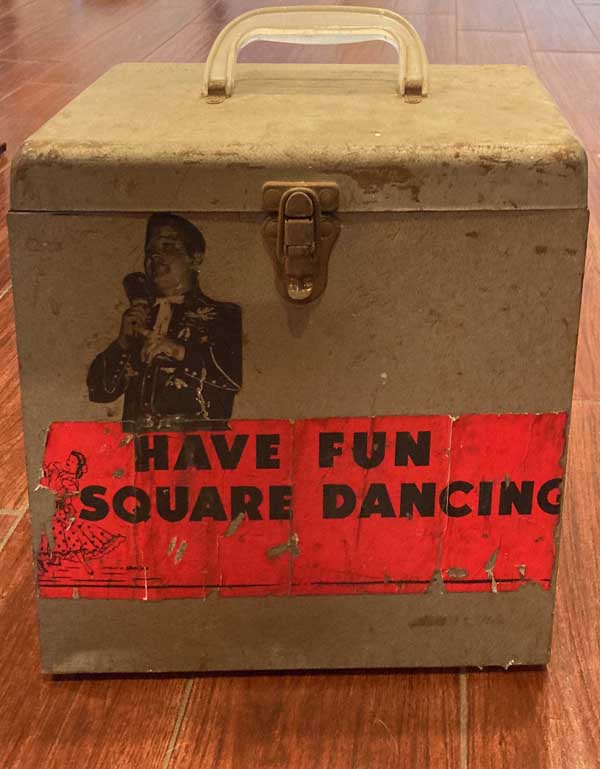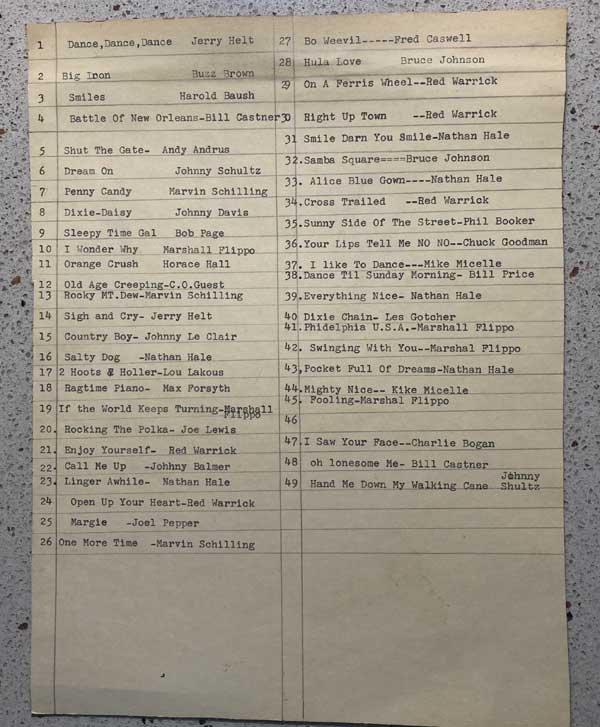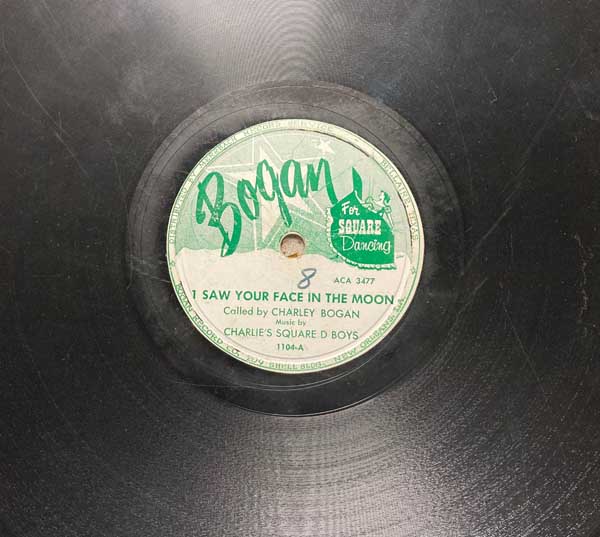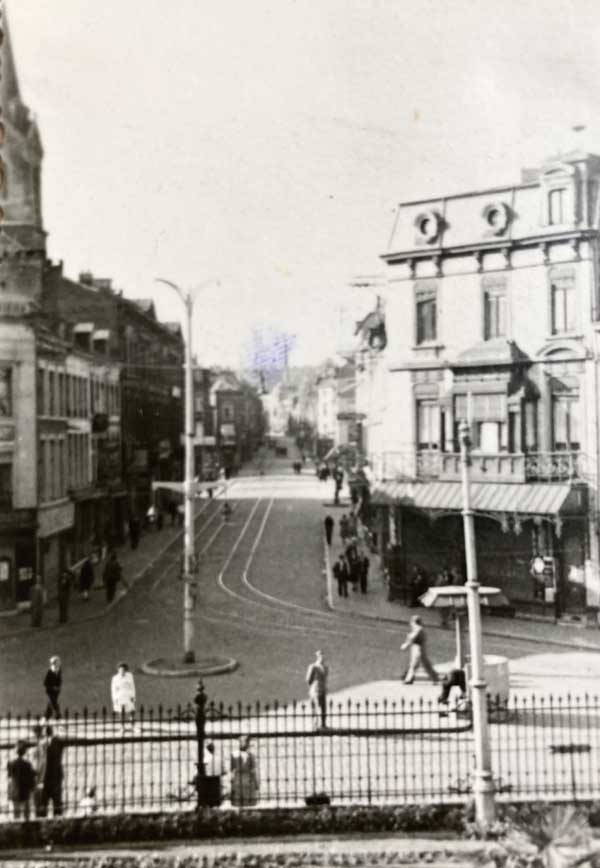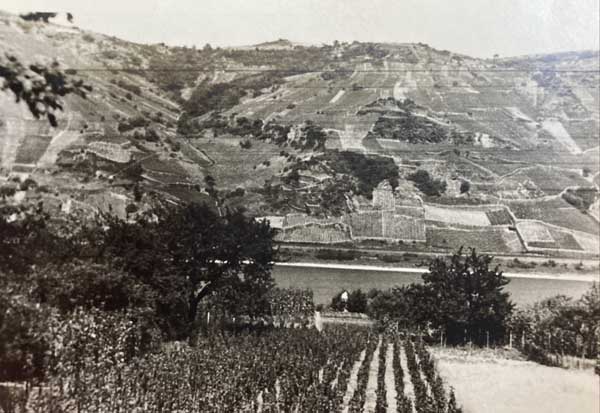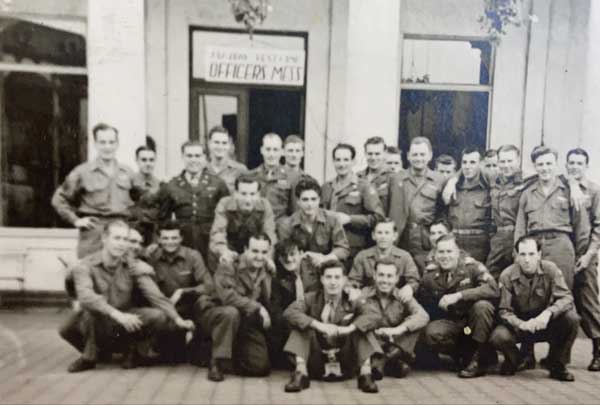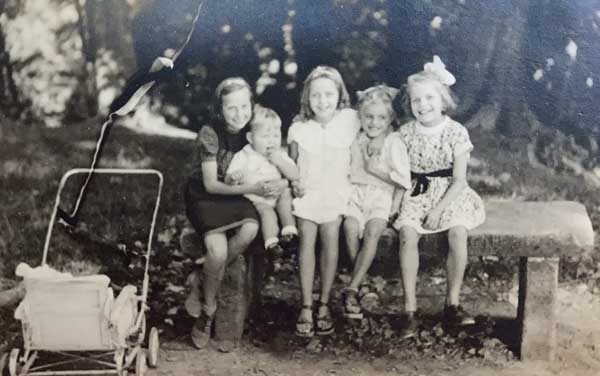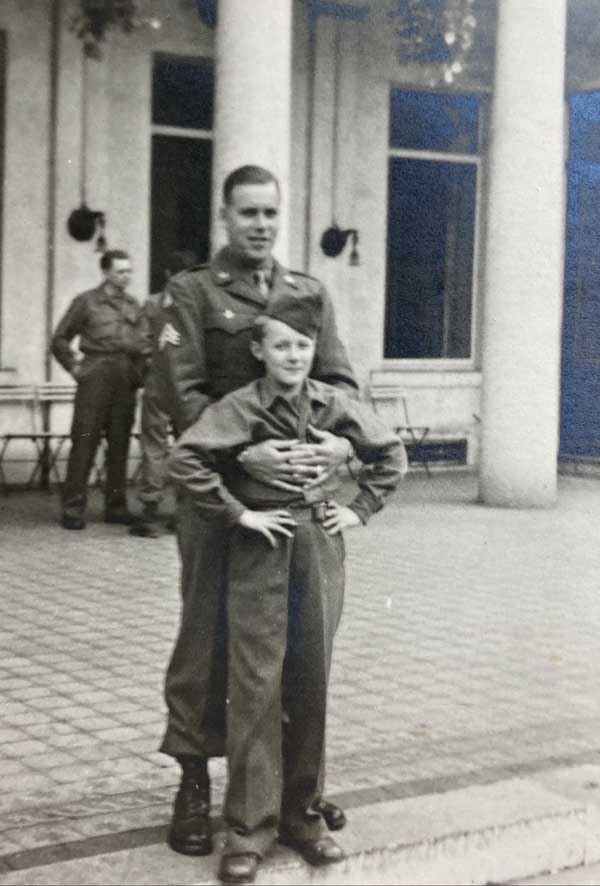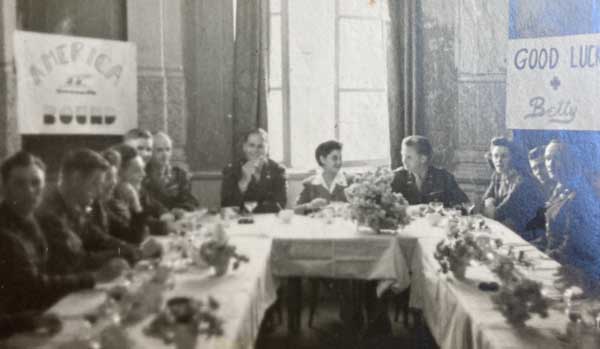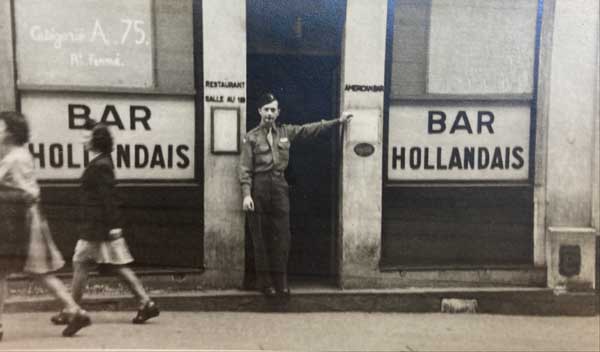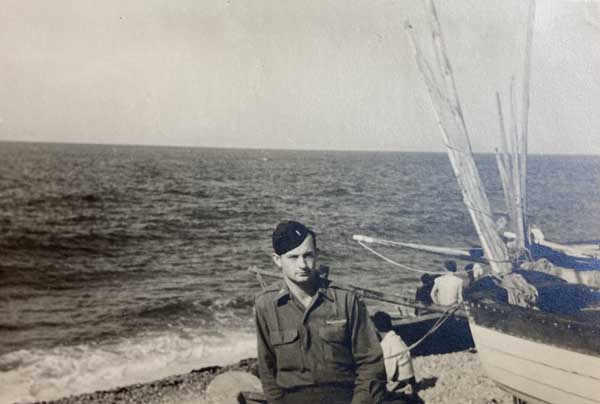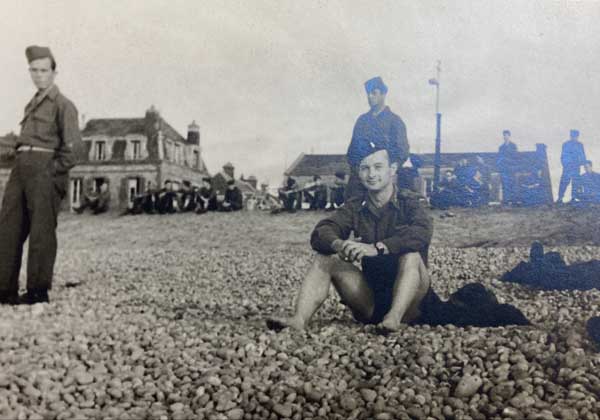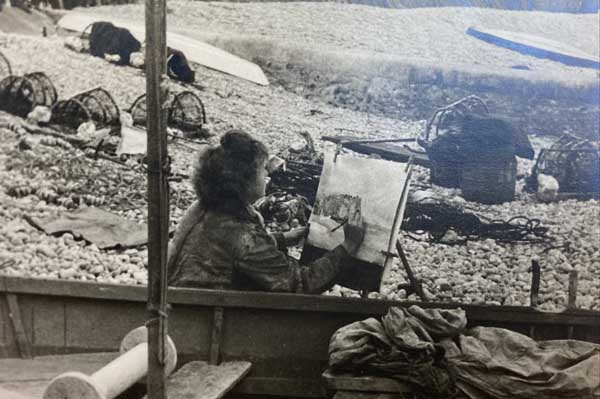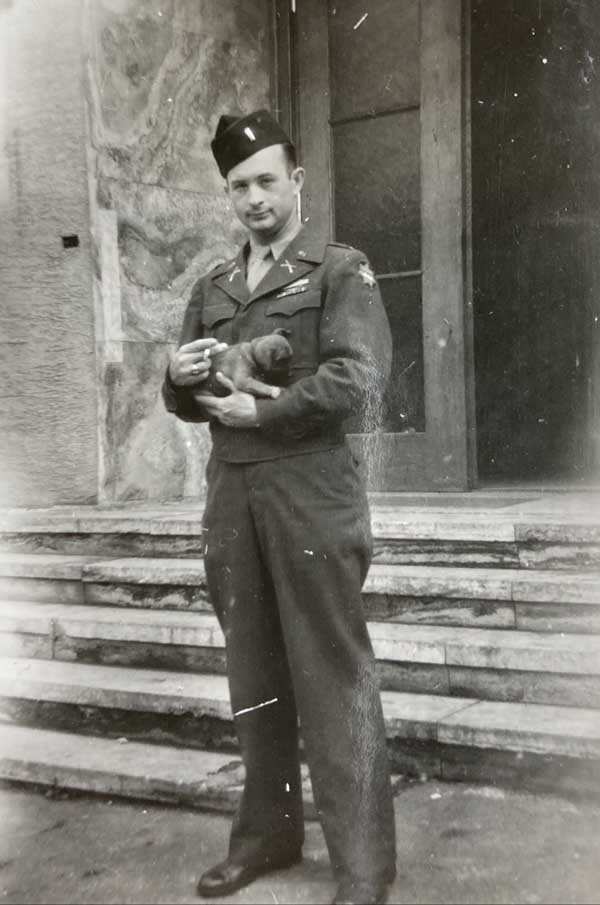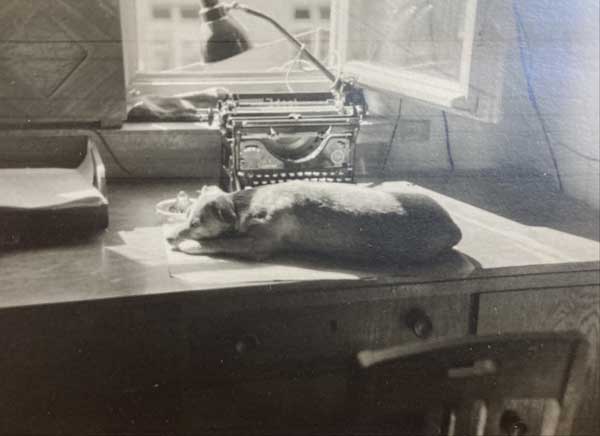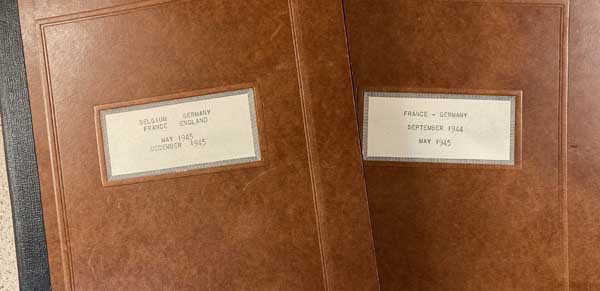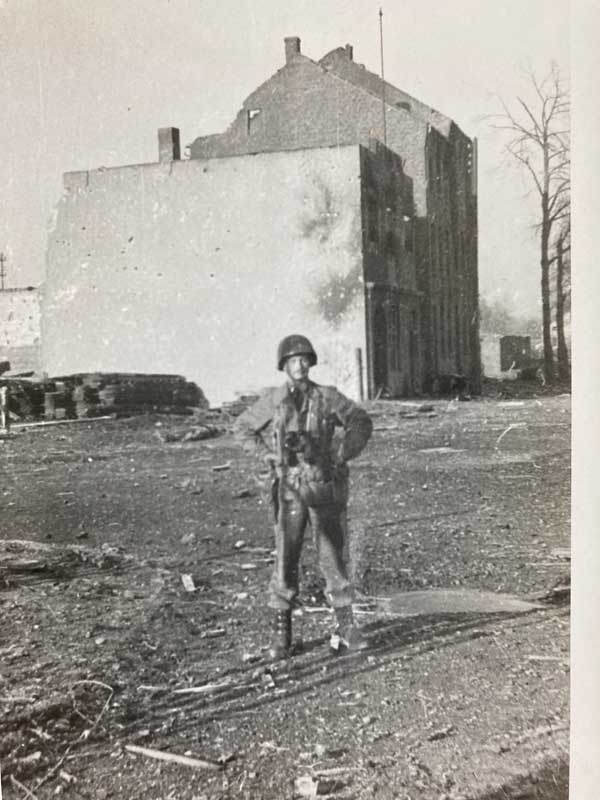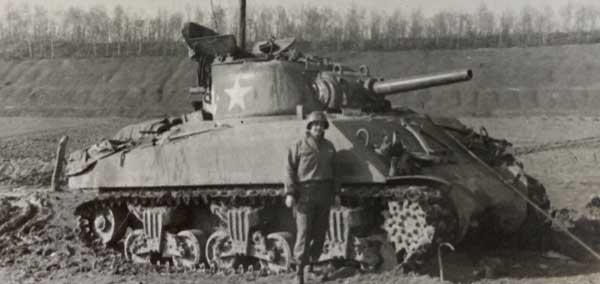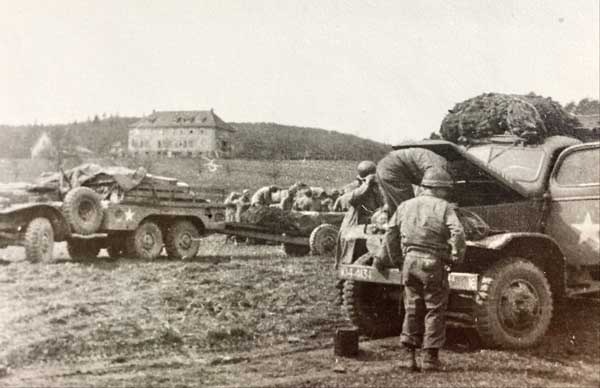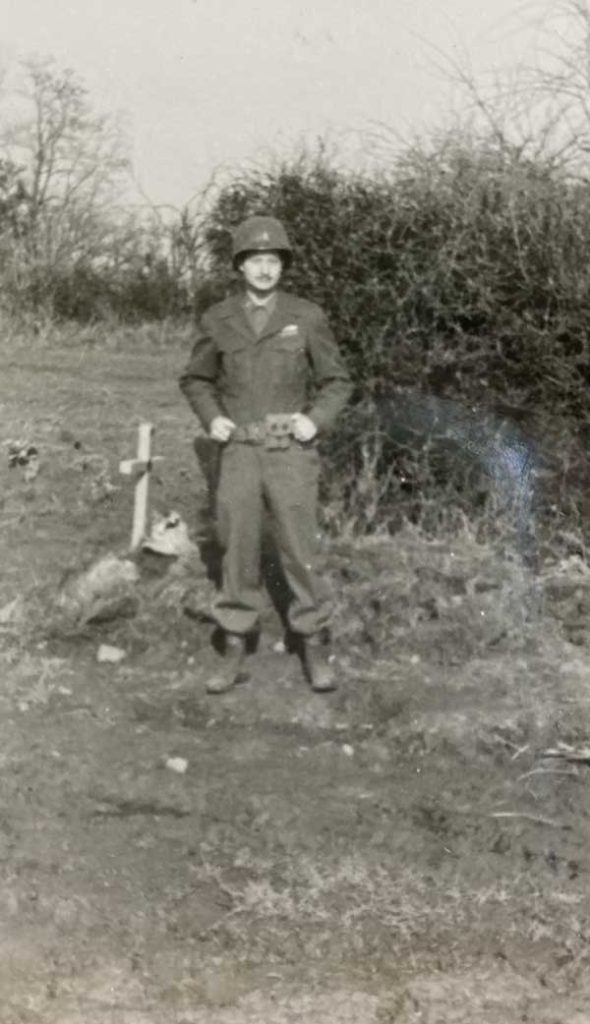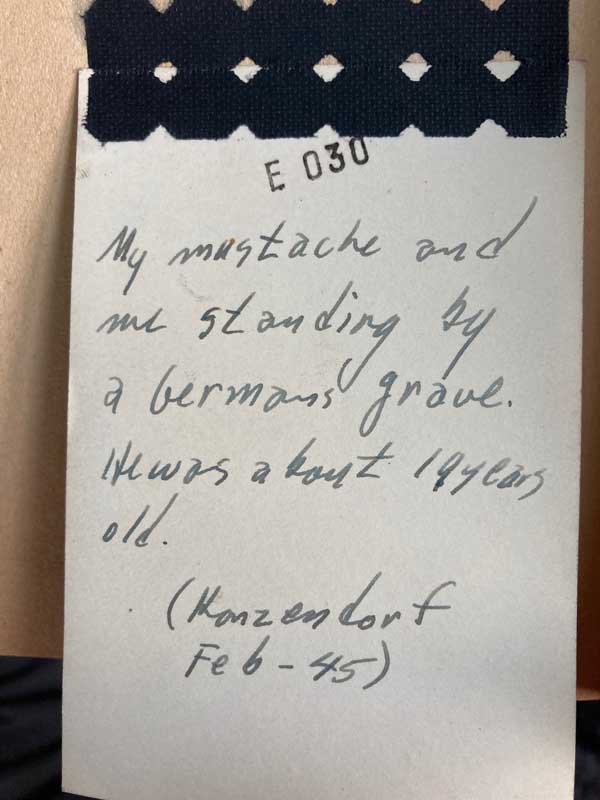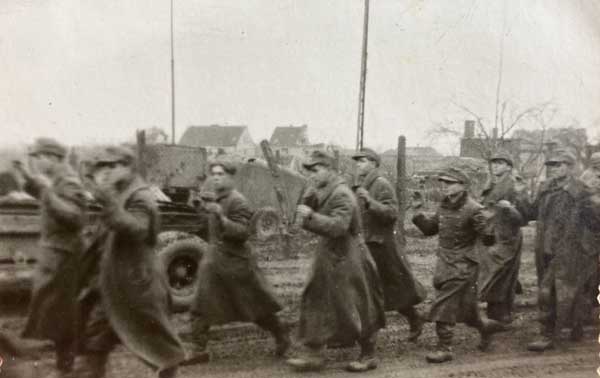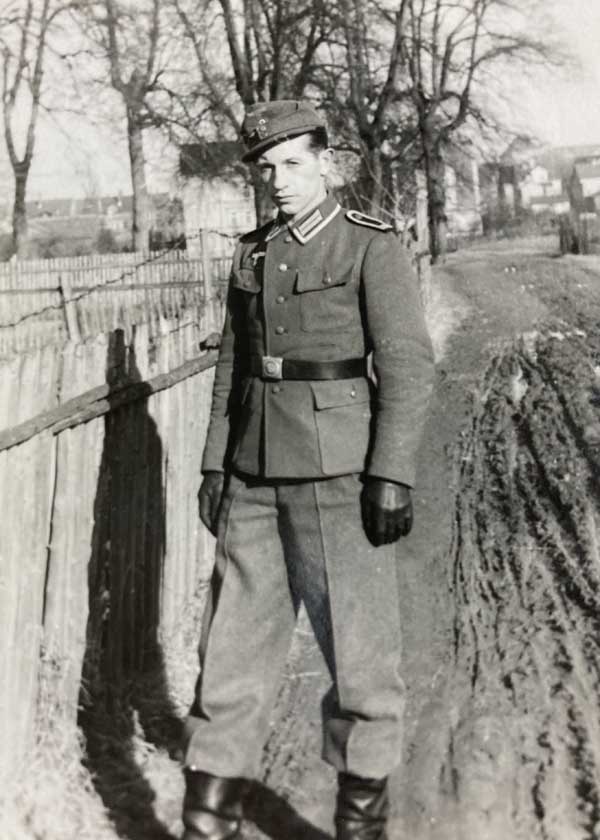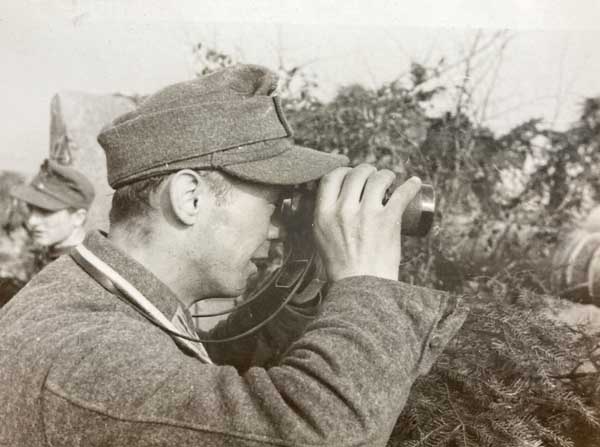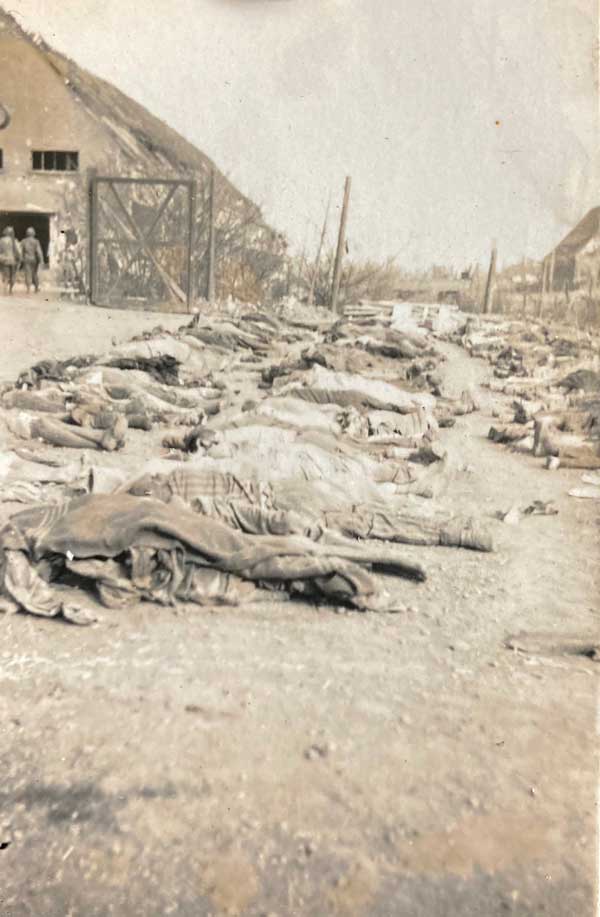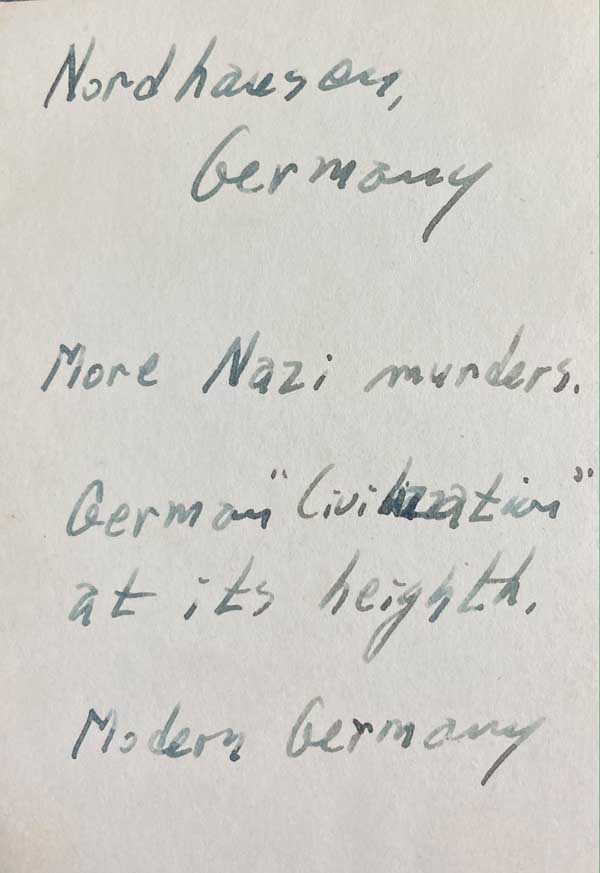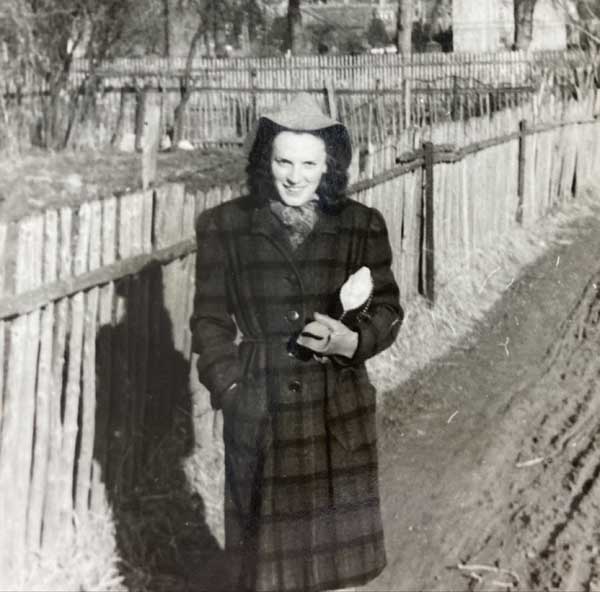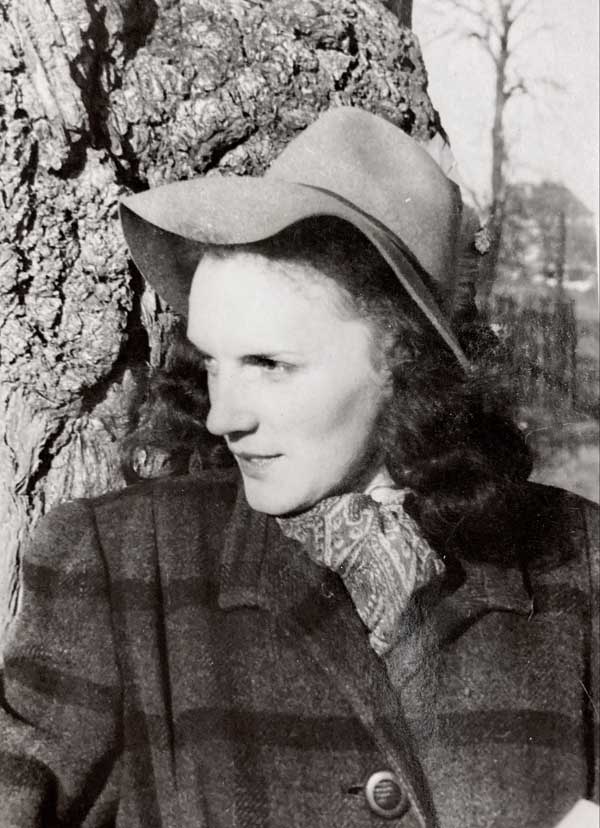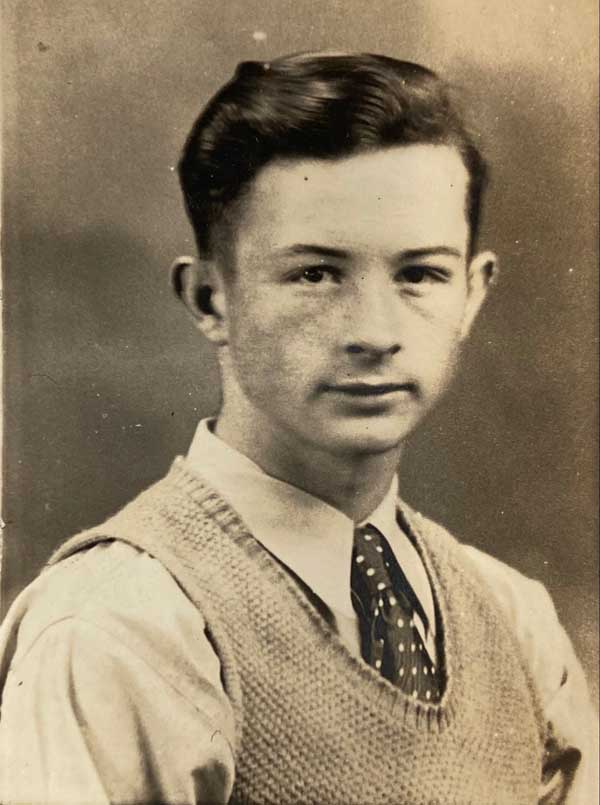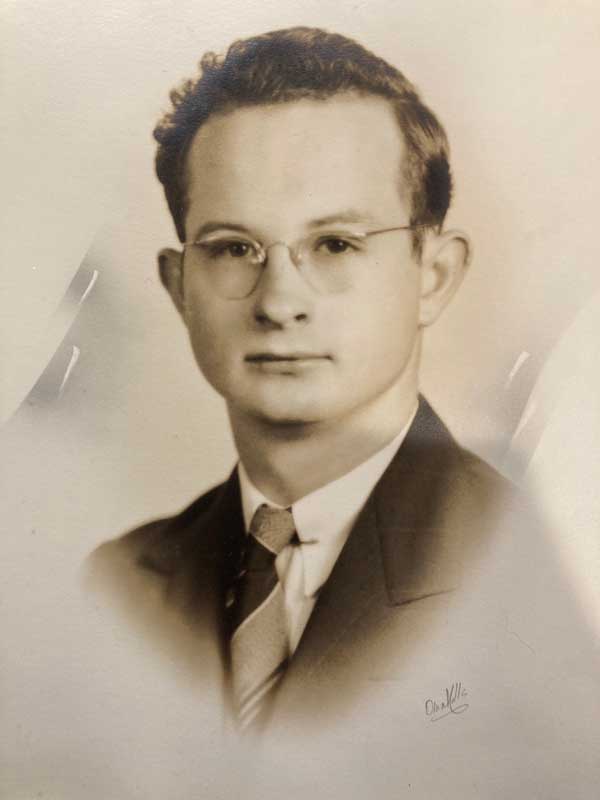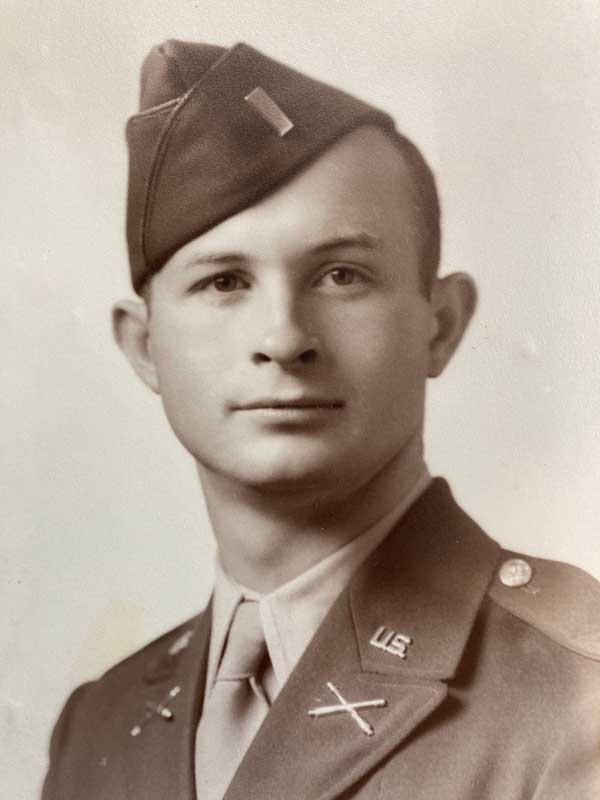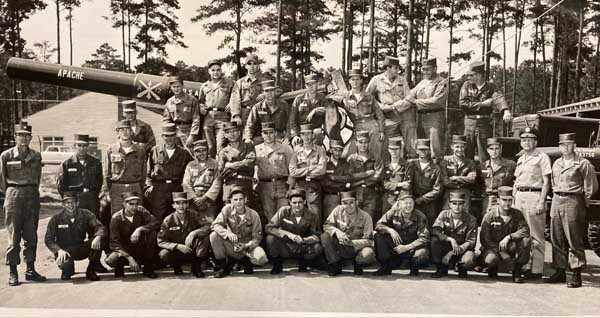We have had more problems with appliances and fixtures at this house in the four or five years we have been here than we did in the 10 years we lived in our old house.
First the control board in the dishwasher failed, and I had to replace that. That wasn’t too bad.
Then the microwave oven failed, and I had to replace that. I did some searching for potential fixes, but it seemed unlikely they would solve the problem, so we had to buy a new over-range microwave.
Then the clothes dryer started making terrible screeching noises, and I had to repair that. Actually, I had to pull and dryer and washer out of their little nook and remove the back of the dryer to oil a tensioner pulley. Then it started making more noises. I diagnosed that as failing rollers that support the dryer drum. I knew what I needed to do, but I had to recover from my shoulder surgery before I could start.
I ordered what I hoped was the right set of rollers, and I found what seemed to be good instructions online for doing the repair. Our dryer was not quite the same as the one in the instruction video, but it was close enough. This repair required removing the top panel and the entire front. In the process, I broke the switch that turns the dryer off when you open the door. So I had to order that. I completed the repair and the dryer now makes only the noises it’s supposed to.
And then the vent fan in one of our bathrooms failed. I couldn’t believe it. Bathroom vent fans were installed in my parents’ house in around 1967, and they were still working in 2013, the last time I was in the house. Electric motors are one of the most reliable pieces of technology we have today. It shouldn’t have failed. But it did, so I took the guts of the fan and light fixture out, hoping to repair it without replacing the entire unit, which would have required going into the attic. I did not relish that idea, with temperatures in the upper 80’s or low 90’s.
I dug into it and found the motor. This is the offender.

I couldn’t find the fan’s brand name anywhere. The most I could find was the name of the Chinese company that made the actual motor. So I took the fan motor to an electric motor specialist. He scoffed at it. He said it was a piece of cheap crap, although not in those words. He said I was unlikely to find a replacement, which I already knew from searching online. You can certainly get replacement vent fan motors, but nothing that looked anywhere close to this one.
So I started looking for a new unit. I didn’t want the institutional square, white, vented fan. Ours had a nice glass shade, so I looked for nice glass shades. I found one that looked similar. When I looked at the details, even the mounting screws and brackets looked the same. So I ordered it.
The replacement unit was a Hunter, a reasonably well-known name. It was the same model that we had installed in our bathroom ceiling. All the pieces looked the same, except that the motor was a little different. Maybe the old motors were having problems.
But that didn’t matter. I could install this fan and fan housing in the same fixture, and never climb into the attic.
So, it was almost identical. Almost. Two screw holes were about an eighth of an inch away from where they needed to be. I plugged the fan unit into the housing and went back and forth to the garage, looking for a way to make the holes line up. I left the fan hanging by the electrical plug, which should have locked it in place, so, of course it didn’t. The metal fan housing fell ten feet to the tile floor and chipped off a nice piece of tile, right in the middle of the room.
I was not happy.
In the end, I managed to find two screws (I knew I might need those screws!) into the fixture and closed it up, so we now have a working vent fan and a light fixture in the bathroom. I can hardly wait to take a shower tonight.
So, what’s next? Well, one of the heating elements on our electric range has to be replaced. I found a good instruction video online, and I’m sure I can find a replacement heating element that’s almost identical to the one that went bad. Almost identical, anyway.
